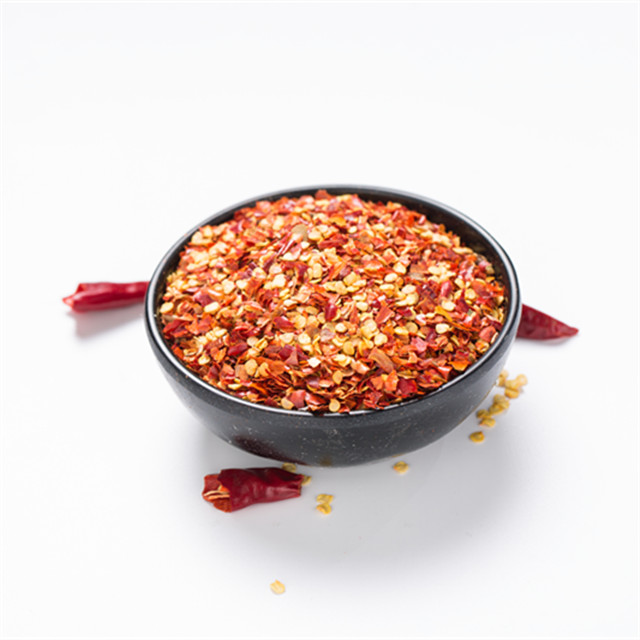The Importance of Mortar and HPMC in Modern Construction
In the realm of modern construction, ensuring structural integrity and longevity is paramount. Among the various materials used in construction, mortar holds a vital position. Mortar is a mixture commonly composed of sand, water, and a binding agent such as cement. The evolution of construction materials has introduced many additives and polymers to enhance the properties of traditional mortars. One of the most significant additives in recent years is Hydroxypropyl Methylcellulose (HPMC), a cellulose derivative that has transformed the performance of mortars.
HPMC is widely recognized for its versatility and the myriad of benefits it brings when mixed with mortar. Its incorporation into the mortar mix significantly improves workability, adhesion, and the overall performance of the material. By understanding the characteristics of mortar and the impact of HPMC, we can appreciate why this combination is increasingly favored in the construction industry.
Improving Workability
One of the primary roles of HPMC in mortar is to enhance its workability. Construction often demands that materials be manipulated and formed within a limited timeframe. Therefore, the ease with which mortar can be applied becomes critical. When HPMC is added to the mortar mix, it increases the viscosity, which helps the mixture hold its shape during application. As a result, builders can apply the mortar without it slumping or losing its integrity, leading to a more efficient building process. This improved workability is particularly beneficial in vertical applications or for intricate designs requiring precision.
Enhanced Adhesion
The adhesion properties of mortar are crucial for the strength and durability of the constructed elements. HPMC acts as a bonding agent, facilitating better adhesion between the mortar and various substrates. This enhanced adhesion is significant in applications like tile setting, where a robust bond is required to prevent tiles from loosening over time. Mortars modified with HPMC exhibit improved resistance to shear forces, thereby minimizing the likelihood of cracking or delamination, making structures more resilient.
Water Retention
mortar hpmc

Another key advantage of using HPMC in mortar is its ability to retain water. In the construction process, especially in hot and dry conditions, the moisture content in mortar can evaporate quickly, leading to poor curing and a reduction in strength. HPMC mitigates this issue by reducing the rate of water evaporation, ensuring that the mortar retains adequate moisture over time. This is essential for the proper hydration of the cement component, which contributes to the overall strength of the cured mortar.
Adjusting Setting Time
The setting time of mortar can significantly impact the construction schedule. HPMC allows for better control of the setting time, making it easier for builders to manage their workflow. Depending on the desired application, the addition of HPMC allows for adjustments to the mortar’s open time – the period during which the mortar can remain workable without drying out. This flexibility is crucial when dealing with large projects where timing and efficiency play decisive roles.
Sustainability Considerations
In today’s environmentally-conscious construction landscape, the selection of materials also plays a role in sustainability. HPMC is derived from natural cellulose, making it a more eco-friendly option compared to some synthetic additives. By improving the performance of mortars, HPMC can reduce the need for additional resources, thereby contributing to a decrease in the overall carbon footprint of construction projects.
Conclusion
In conclusion, the blend of mortar and HPMC presents a compelling solution to many challenges faced in modern construction. With its ability to improve workability, enhance adhesion, retain moisture, and adjust setting times, HPMC is not merely an additive but a transformational component that elevates traditional mortar to meet contemporary demands. As the construction industry continually seeks more efficient and sustainable practices, the use of modified mortars containing HPMC will likely become even more prevalent, paving the way for stronger, more durable, and sustainable built environments.




